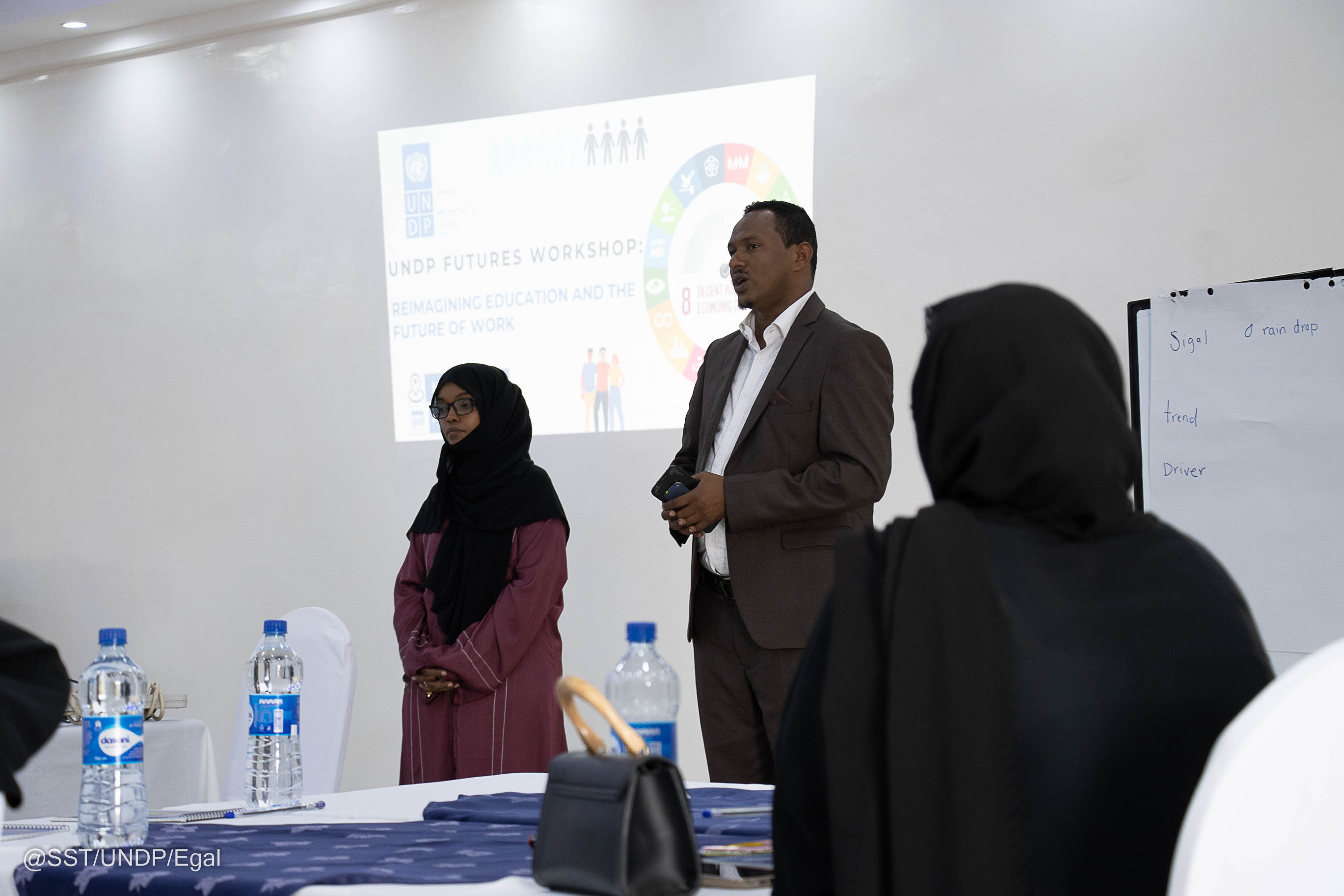Disclaimer:
Please be aware that the content herein has not been peer reviewed. It consists of personal reflections, insights, and learnings of the contributor(s). It may not be exhaustive, nor does it aim to be authoritative knowledge.
Learnings on your challenge
What are the top 5 key insights you generated about your frontier challenge during this Action Learning Plan?
1. Enrollment in education or vocational sectors needed in the country such as agriculture, veterinary studies, livestock-farming or natural resource management are less than expected by decision makers. This gap in the number of students enrolled in these essential sectors which have great opportunities in the job market was enough for private sector companies or event small business to seek the assistance from foreign labor. 2. Quality of basic education is measured in terms of performance on tests and examinations which shows a decline through time from 2015 of 97% to 75% in 2020. Performance also declines from primary education to secondary education as well. The metric itself to assess success was one of the things all our participants agreed was not a proper measurement gauge educational performance. 3. Another major issue facing education is that schools (private or even public) each have their own curriculum. There is no standardized curriculum in schools or training centers. In addition to post civil war there is almost limited number of public schools funded by government entities. 4. The innovation ecosystem in Somalia is mainly working on providing training opportunities or capacity building exercises, an effort suffering from high duplication. The hubs are working in isolation form each other and have no connection to the labor market or educational system (an observation from field visits). This disconnect from the educational system an this system being an ailing one is what forces these hubs to fill in some of the gaps such as illiteracy to which prompted them to start additional literacy courses (case with the UNFPA youth centres). 5. In terms of needs there is a huge need for vocational skills (TVET skills) , however, one of the major reasons students don’t enroll is related to a social stigma within society towards these types of skills.
There are more insights which we mapped out in this following miro board: https://miro.com/app/board/uXjVPzYDrq4=/?share_link_id=[REDACTED_PHONE]
Please paste the link(s) to the blog(s) that articulate the learnings on your frontier challenge.
Did you experience any barriers or bottlenecks when impacting the system, working on your frontier challenge respectively?
The issue of managing expectations from our government partners and collaborators was a huge barrier.
For this frontier challenge, how much of your time did you dedicate to the stages in the learning cycle? Please make sure that your answers adds up to 100%.
Data and Methods
Relating to your types of data, why did you chose these? What gaps in available data were these addressing?
In early 2022, we did an ecosystem map of actors in education within Somalia. This was to understand the relationships and dependencies between various actors and how they link up together. Which helped us to point out key institutes, locations, and individuals to do in depth interviews. These interviews paved the way to understand the issue of quality of education and the gap between education and needs of the job market. Then we went on field visits to some of the innovation centers, youth centers and educational institutions.
Why was it necessary to apply the above innovation method on your frontier challenge? How did these help you to unpack the system?
With a better understanding of the problem, we realized that we needed to find solutions but not in the traditional way. Thus, the use of collective intelligence with a group of stakeholders to give us entry points towards solving the question of improving education. And we supported the ministry of youth to conduct the international youth day celebration with the theme of improving education and what needs to be done to achieve this. Another approach was to use foresight to envision the future and what skills (future of work) would be needed to fill the job/skill gaps. Thus we conducted a foresight workshop along with our government counterpart to this end.
Partners
If applicable, what civil society organisations did you actually work with and what did you do with them?
NA
If applicable, what academic partners (and related institutions) did you actually work with and what did you do with them?
We worked with the university of Hargeisa's faculty and dean in the data gathering stage of the challenge.
If applicable, what private sector partners did you actually work with and what did you do with them?
At this stage we didn't work with private sector partners except at the stage of detailed interviews (data collection).
If applicable, what government partners (and related institutions) did you actually work with and what did you do with them?
We collaborated with the ministry of Youth in Hargeisa to conduct a foresight workshop, in addition to collaborating and helping them host an event with the theme of improving the educational system and solutions for the problem.
Relating to your answers above: who of the partners listed were new and unusual partners for UNDP, and what made them special?
The ministry of Youth in Hargeisa.
If applicable, which UN internal partners did you actually work with and what did you do with them?
We worked and are still working with UNFPA in a partnership to improve and utilize several youth centres in different cities. In terms of this challenge we used these centres as entry points to communities and youth in particular for experimenting with TVET and STEAM training.
End
Bonus question: How did the interplay of innovation methods, new forms of data and unusual partners enable you to learn & generate insights, that otherwise you would have not been able to achieve?
Please upload any further supporting evidence / documents / data you have produced on your frontier challenge that showcase your learnings.
The closing form saves automatically or via the blue "save changes" button the top left. Thank you


 4Quality education
4Quality education 8Decent work and economic growth
8Decent work and economic growth

 11Sustainable cities and communities
11Sustainable cities and communities
Comments
Log in to add a comment or reply.